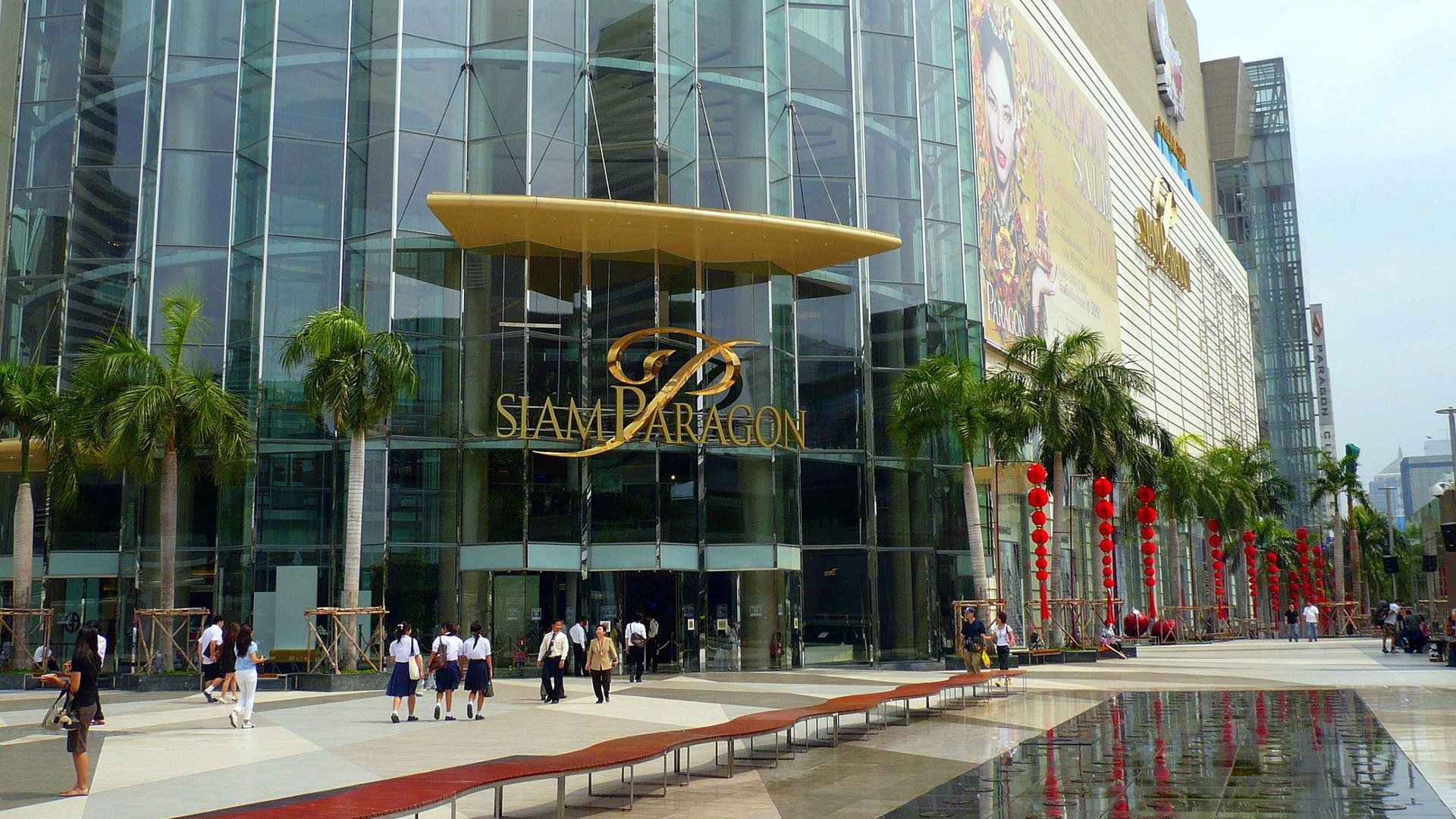Why Thailand gave up its dream of becoming a duty-free “Shopper’s Paradise”
Last month, Thailand proposed a plan to woo a special kind of tourist: Shoppers who splash out on expensive goods. The government would cut taxes on some imported luxury products—like designer clothes and high-end watches—to entice even more of the deep-pocketed, big-spending Chinese tourists who are flooding into the country.


Last month, Thailand proposed a plan to woo a special kind of tourist: Shoppers who splash out on expensive goods. The government would cut taxes on some imported luxury products—like designer clothes and high-end watches—to entice even more of the deep-pocketed, big-spending Chinese tourists who are flooding into the country.
“Thais declare shopping war,” blared a headline in Hong Kong’s The Standard. “We can easily compete with Hong Kong and Singapore,” Tos Chirathivat, head of Thailand’s Central Retail Corp., told Bloomberg. “Our infrastructure, our malls are the same or better. We have more. The service is good. The rental cost is lower and labor cost is lower.”
But now Thailand’s government is backtracking. Finance Minister Kittiratt Na-Ranong said over the weekend that the government won’t be cutting the luxury taxes after all. Retailers are on their own, he said; the government has already done enough to encourage tourists to visit.
So what happened? Someone in the ministry may have finally run the numbers on the tax cut, and they just didn’t add up.
“The demand for luxury goods is quite inelastic. So even if the government cut the taxes, there won’t be much adjustment” in sales, said Teerana Bhongmakapat, an economist at Bangkok’s Chulalongkorn University. In other words, shoppers for luxury goods aren’t that price sensitive; the government would have been giving up tax revenue on existing luxury sales without getting much of an increase in overall tourist spending. The finance minister’s office did not respond to a request for comment.
Another potential downside, Teerana said, was that tourists would purchase imported luxury goods to the detriment of sales of locally-made products. For example, an expensive imported men’s suit—currently taxed at 30%—could have undercut Thai tailors and clothing manufacturers if the luxury duty was eliminated.
Thailand’s tourism sector also doesn’t seem to need much help. The country pulled in a record 22.4 million visitors last year, and the government is projecting 26.4 million in 2013. Bangkok’s innumerable shopping malls—many of them as sleek and shiny as any in Asia—seem to be perpetually packed with shoppers buying high-end goods; the city’s massive Siam Paragon mall is the world’s second-most photographed location on Instagram, followed only by the city’s international airport.